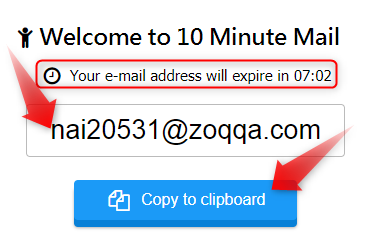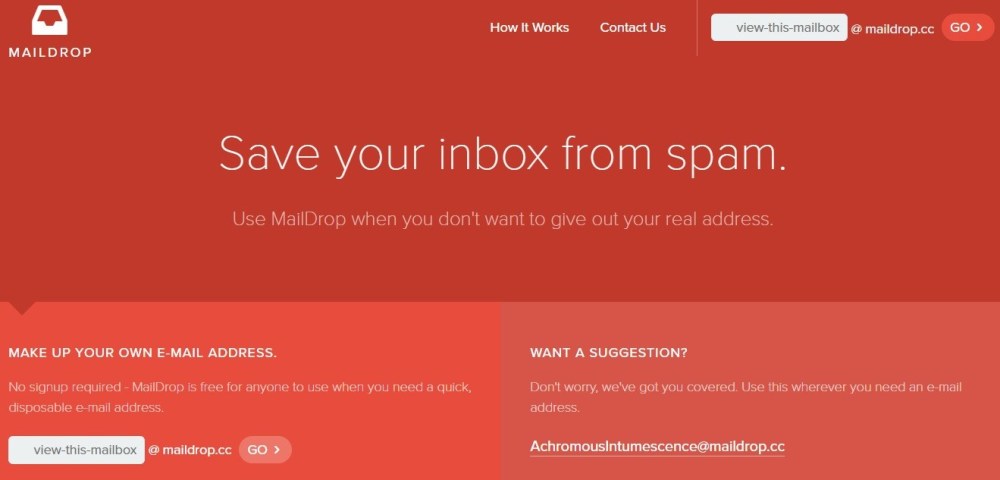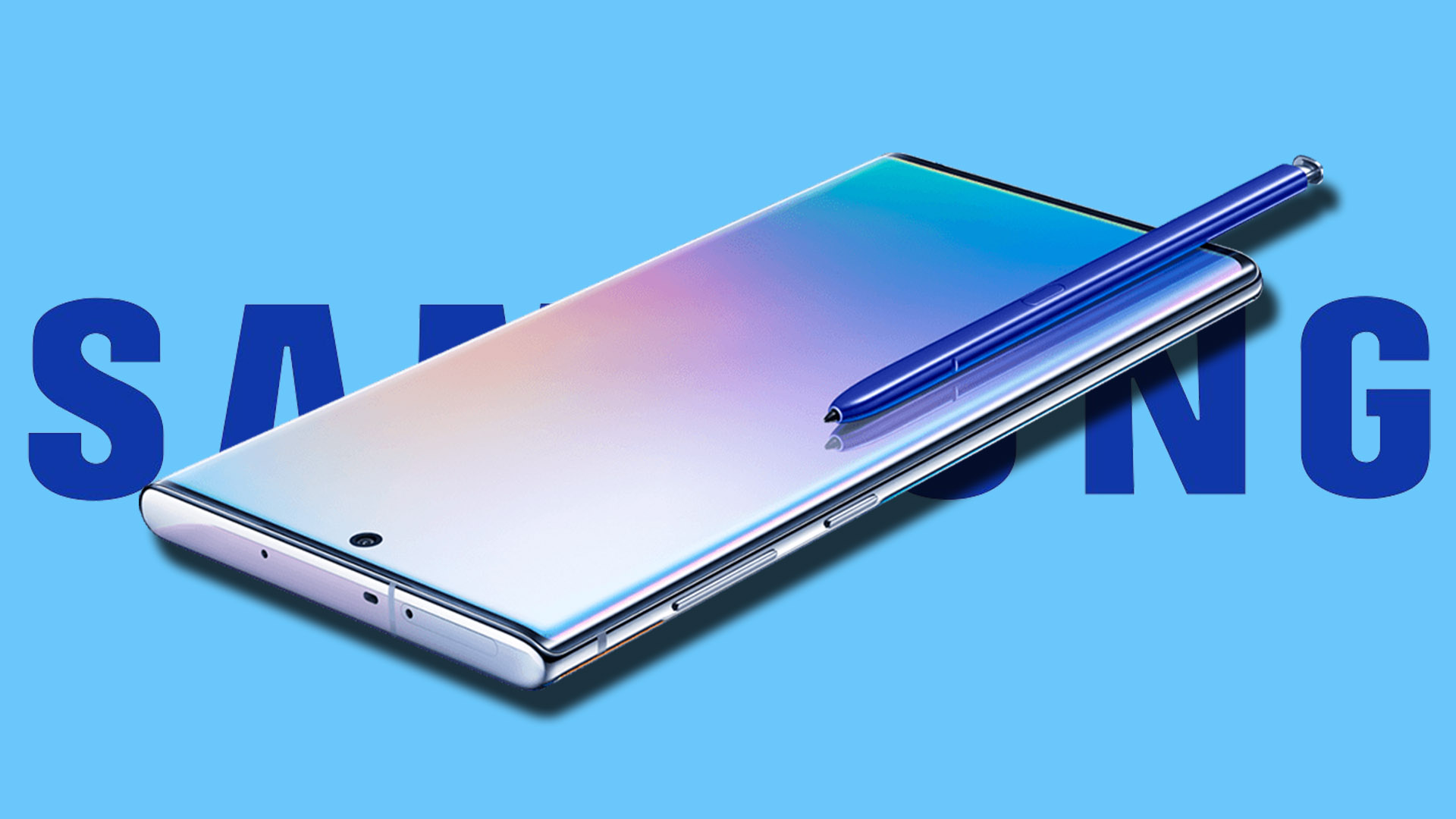Smartphone battery life is a crucial feature for a lot of people these days & smartphone OEMs know it. To help alleviate the stress, some have started adding software features that prevent applications from using too much battery life. The Samsung Galaxy Note 9 has a feature like this but it can prevent apps from working properly.
We’ve become more dependent on our smartphones these days and that means we use them more than ever. Due to the size of these devices, smartphone manufacturers only have so much size for a battery. Power consumption efficiency from other hardware components (display, SoC, WiFi, Bluetooth, etc.) has helped increase overall battery life, but they haven’t been able to keep up.
Why is Battery Life Still an Issue with Smartphones 10 Years Later?
Not only have our smartphones gotten bigger, but they’ve become more powerful than ever. They used to come with CPUs with 1 core and now some have up to 10 individual cores. But at the end of the day it’s just a physics problem as the same Lithium-ion batteries we use can only hold so much juice in the battery in the first place.
We still hear complaints from the community when a flagship smartphone doesn’t come with a battery that isn’t bigger than 3,500mAh, and most aren’t happy unless it’s 4,000mAh or more. So smartphone OEMs have done two things to combat this issue. Firstly, they have started to allow the battery to charge faster and for those who are curious, I previously wrote why fast charging with the Galaxy Note 9 may not be the best idea.
Google has done a lot of work over the last few years to improve the overall battery life of Android itself. Android Pie comes with a feature called Adaptive Charging that learns your application and gaming usage habits. Some OEMs are adding their own features to prevent apps from using too much battery life but this can prevent the application from working properly at all.
Samsung calls this feature Sleeping Apps on the Galaxy Note 9 and this tutorial will show you how to stop the software from putting your important applications to sleep.
How to Stop the Galaxy Note 9 from Putting Applications to Sleep
- Open up the Settings application
- Then tap on the Device Maintenance menu

- Look at the bottom left and tap on the Battery Button

- Scroll down and tap on the Sleeping Apps Line
This will show you which applications the Samsung Galaxy Note 9 has deemed worthy of being put to sleep (either due to using too much battery or you not using the application enough).

- Scroll down again and then tap on the Unmonitored Apps section

- Then look toward the bottom and tap on the Add Apps button

- Locate and tap on the application(s) you don’t want the Galaxy Note 9 to put to sleep

- And then tap the Done button at the top right to finalize your selection

- You should then see the newly added application in the Unmonitored Apps section so it won’t be put to sleep when you need it the most.

As usual, Samsung’s sleeping applications feature in the Galaxy Note 9 was added for good intentions. Believe me, they get thousands of emails, calls, and tweets from people who complain about battery life on their brand new phone. This issue is bad enough but when it happens to a phone that costs upwards of a thousand dollars, the customers have the right to get mad.
So they analyzed their data and found that a lot of applications imply aren’t optimized properly. Not only that, but some were outright malicious in the data collection that they did so their software development team did something about it. However, there is rarely a one size fits all solution so this sleeping apps feature can interfere with certain things.
Some Apps Made to Use a Lot of Battery Life in the Background
This is really why I wrote up this tutorial, and I will go over it specifically in the future. There’s no shortage of people complaining about how much battery life Facebook uses on our smartphones. There have been reports of gaining up to 15% or more of your battery life just by uninstalling or disabling the application from your device.
Ironically, the Galaxy Note 9 won’t let you put the Facebook application to sleep (likely due to a contractual agreement), but the same concept can happen with other applications. Incidentally, the same thing can happen with applications that you are aware of and are willing to sacrifice that extra battery life. Some applications are just too important but it’s difficult for Samsung to know this.
So, if an application is using too much of your battery then it sends a red flag to the Galaxy Note 9 and Samsung will put it to sleep (unless you’re actively using it in the foreground, of course). I mentioned Facebook here, but other common examples are social media applications including WhatsApp, Instagram, Snapchat, and even automation applications like Tasker.
We Expect Notifications to be Instant for Important Apps
So along with needing to get those notifications from these applications right when they come in, there’s another part of the Galaxy Note 9 sleeping apps feature that people may not be aware of. Samsung will put applications to sleep if you haven’t used them for an extended period of time. And yet again, how ironic is it that the Galaxy Note 9 won’t put Facebook to sleep even if you’ve never opened it.
The same question can be said about the Microsoft applications that get pre-installed on these Samsung devices as well. But this is getting me off point. In the embedded video above I talk about an application called Join that I use to send content to and from the Galaxy Note 9, my tablet, and my computer. However, it’s not an application that I open up a lot as it just uses Android’s share API.
So naturally the Galaxy Note 9 uses its sleeping apps feature to put it to sleep and that results in me not getting my push notifications right when I send them. Sure, they will eventually come in later, but if I’m pushing something to a device then I usually want access to that content right then (not always, but sometimes). As I said, this feature may be useful but it’s not a complete solution.
That is the why I wrote up this tutorial so you know how to stop the Galaxy Note 9 from putting your useful applications to sleep (even if they use a lot of battery life or you simply just don’t open the app that much).







This info is no good now that Galaxy S9 updated March 5, 2019.
I followed the tutorial, but there is no unmonitored app section. It appears you can only add to the list of apps you DO NOT want to run in the background. That’s not going to help a certain locating gadget app that keeps disconnecting itself. It’d be fine if we were using it to find the car keys (restart the app), but if we’re trying to find the phone…